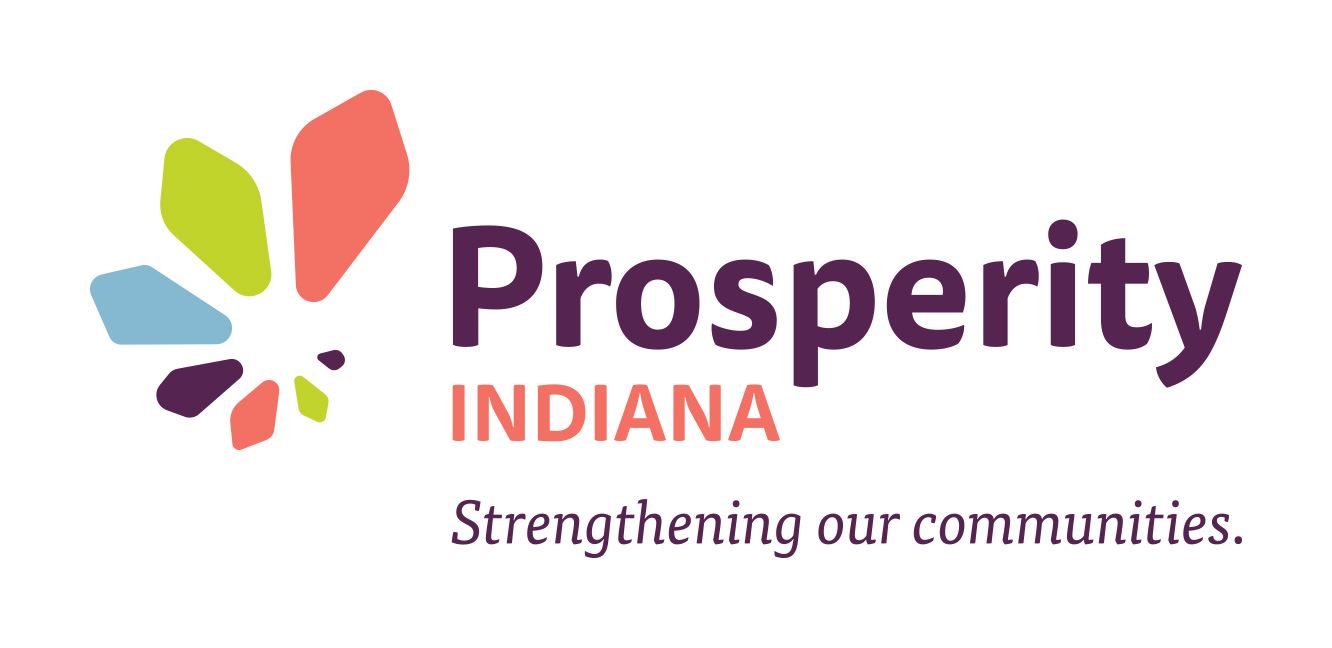House Republicans unveiled their tax plan on Thursday, prompting debate between advocates and adversaries about whom the plan most benefits. Paul Waldman writes in an opinion-editorial for The Washington Post that the “two competing narratives” about the plan remain unchanged. Critics argue the plan favors the wealthy and corporations at the expense of the majority of Americans; supporters that it promotes economic growth that will trickle down.
Which narrative is true? According to the orthodoxies of neoliberalism, regulation (e.g. taxes) impedes economic growth—less innovation, less demand for labor, less money for workers. Accordingly, House Republicans have proposed the largest reduction in the U.S. corporate tax rate in our nation’s history—from 35 to 20 percent. The Trump Administration has argued that 70 percent or more of corporate tax cuts would accrue to workers (in the former of bigger paychecks).
That’s speculative. Unless the government increased the minimum wage or capped the CEO-worker pay ratio, enforcement mechanisms to guarantee “trickle down” are nonexistent. Where the money trickles is thus within the domain of company discretion.
The New York Times reported that the reduction in the corporate tax rate is “the most expensive change in the bill” and is estimated to cost the federal government $1.5 trillion over the coming decade. According to Jacob Leibenluft of the Center on Budget and Policy Priorities (CBPP), lowering taxes on corporations and the wealthy is the centerpiece of the bill. “They started with a set of big tax cuts they want to give, and those tax cuts are overwhelmingly weighted toward the wealthy,” he said. “And then I think the rest of the bill is designed to solve a math problem.”
The math problem follows: How can the federal government shrink the deficit—at minimum, not grow it—if its coffers are starved of corporate revenue? The politicians tasked with solving the equation have chosen to reduce funding toward other expenditures—often, away from social safety net programs. “The drop in federal revenues will jeopardize critical investments in education, healthcare, and social services for tens of millions who need them most,” said Andy Stettner of The Century Foundation.
Additionally, the plan limits deductions that may lower the amount some filers’ pay. Though the plan doubles the standard deduction (thus limiting taxable income), other deductions, such as the student loan interest deduction, the large medical expenses deduction, the personal deduction, and the state and local taxes deduction are on the chopping block. The elimination of the state and local tax deduction will overwhelmingly burden high tax states (e.g. California and New York), sparking dissent even among these states’ Republican representatives.
Still, supporters of the plan tout the potential of trickle down economics to improve ordinary Americans’ standard of living. Earlier this year, Gary Cohn, Director of the National Economic Council and chief economic advisor to the President, notably said that under the new plan the typical family with two children earning $100,000 (median household income is $59,000) will be able to “renovate their kitchen, buy a new car, take their family on vacation, increase their lifestyle.” Being that the average middle-class taxpayer only stands to gain $940 in tax cuts (an amount insufficient to accomplish that which Cohn suggests), we’re meant to believe massive growth will improve standard of living. Yet research consistently shows that in the absence of redistribution mechanisms, inequality grows and grows and grows; growth takes a secondary role.
Despite the President’s claim that “the rich will not be gaining at all with this plan,” economic analysis demonstrates that savings would disproportionately accrue to the wealthy. The Tax Policy Center predicts that nearly three-quarters of the savings from the tax overhaul would go to the top 20 percent of earners (with incomes above $149,000). Further, more than half of the savings would accrue to the top 1 percent (with incomes above $732,800). By the tenth year of the tax overhaul, savings would benefit the wealthy even more—the top 1 percent reaping 80 percent of savings.
Mark-up of the bill is scheduled for Monday. Lobbyists and special interest groups from both sides of the aisle are likely to propose changes to the bill before it moves to the House for a vote. Contact your legislator to demand tax reform that works for all Americans.
Call your legislator here.
Sources
Tankersley, Jim; Kaplan, Thomas; Rappeport, Alan. “Republican Plan Delivers Permanent Corporate Tax Cut.” The New York Times, 2 Nov. 2017.
Parlapiano, Alicia. “Six Charts That Help Explain the Republican Tax Plan.” The New York Times, 2 Nov. 2017.
Lobosco, Katie. “House tax plan would kill the student loan interest deduction.” CNN, 3 Nov. 2017.
Waldman, Paul. “The new GOP tax plan proves it: The problem isn’t just Trump. It’s Republicans.” The Washington Post, 2 Nov. 2017.
Horsley, Scott. “Touted As Middle Class Win, GOP Tax Plan Directly Benefits Wealthy, Analysis Finds.” National Public Radio, 4 Oct. 2017.
Kearney, Laila. “Republican tax plan a blow to Democratic states, officials say.” Reuters, 2 Nov. 2017.
Robinson, Jenice. “The Data Belie the Trump-GOP Tax Cut Rhetoric.” Institute on Taxation and Economic Policy, 5 Oct. 2017.
Kochkodin, Brandon. “Here’s What Executives Are Saying About the Republican Tax Plan.” Bloomberg, 27 Oct. 2017.
Picchi, Aimee. “GOP tax plan: 5 ways the proposed tax cuts could impact you.” CBS, 2 Nov. 2017.

